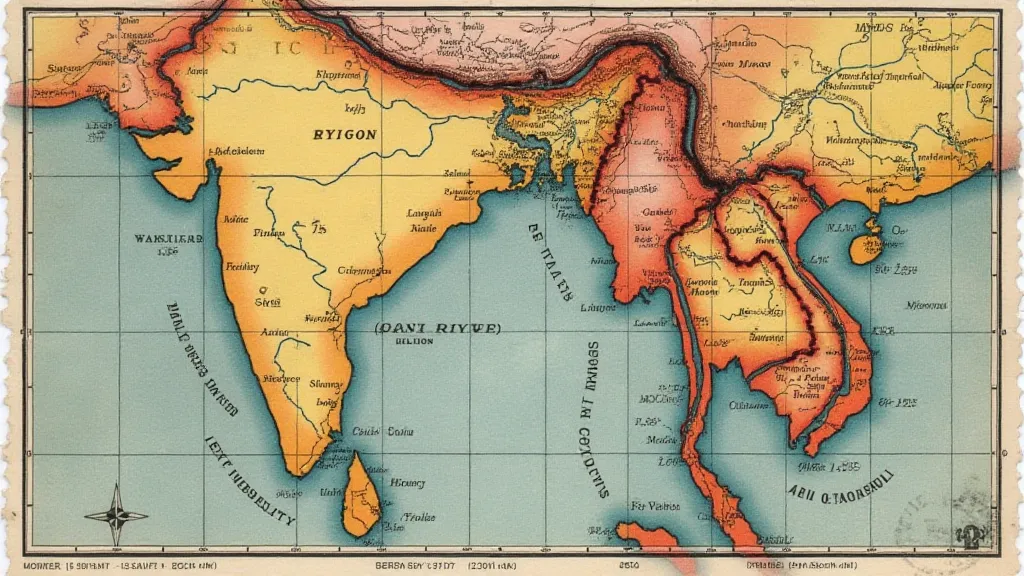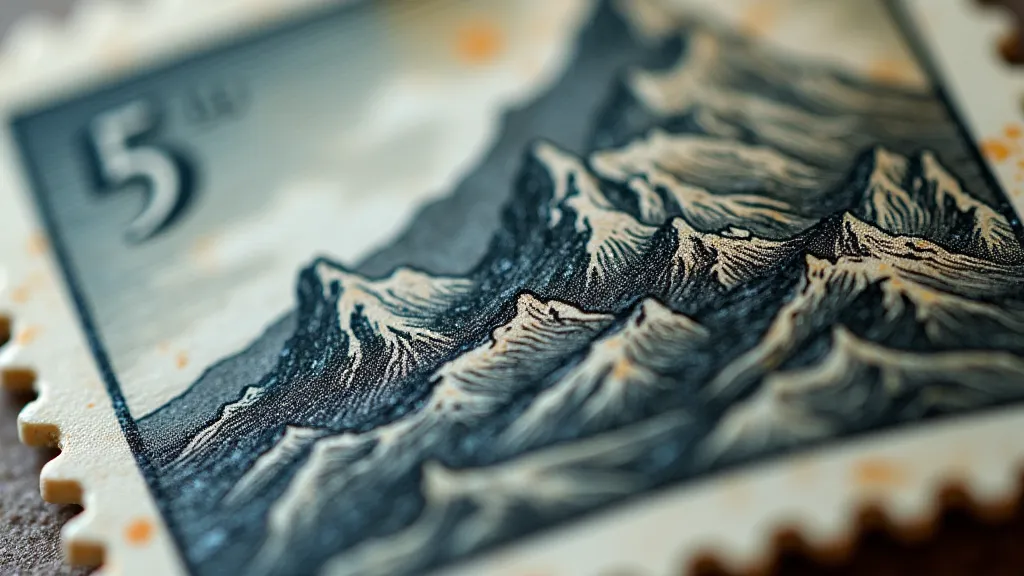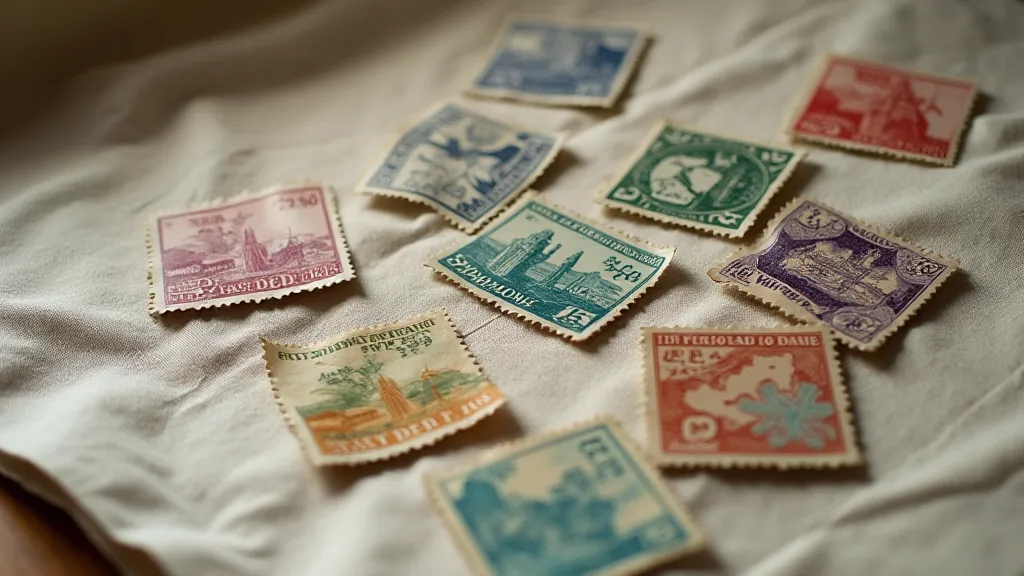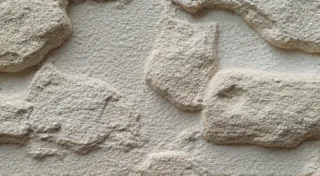The Cartographer's Mark: How Stamps Shaped Geographic Understanding
There's a peculiar romance associated with collecting vintage postage stamps. It’s more than just accumulating tiny, perforated squares of paper; it's holding a tangible piece of history, a miniature portal to a bygone era. And when those stamps feature maps – detailed representations of countries, empires, and explorations – the connection deepens, revealing a fascinating interplay between cartography, nationhood, and public perception. These weren't just stamps; they were travelling exhibitions, silently educating and influencing generations.
My own fascination began with a single stamp – a British Guiana 1-cent magenta, yes, that very one. Not the pristine, impeccably preserved specimen you see in museums, but a slightly battered, postmarked example found tucked within a dusty box of family heirlooms. The stamp itself felt insignificant, but the map on it – a faded depiction of the colony’s coastline – sparked an immediate curiosity. I wanted to understand the story behind that map, to imagine the journey it had taken, and the eyes that had gazed upon it.
The Age of Exploration, Embodied
The 19th century was the golden age of stamp collecting, and also the height of colonial expansion. New territories were being “discovered,” claimed, and charted at an astonishing rate. This period coincided with a burgeoning literacy rate and a widespread thirst for knowledge, particularly geographical knowledge. Governments recognized the power of visual communication and harnessed it through postage stamps. They weren't just paying for the delivery of mail; they were subtly reinforcing national identity, projecting imperial power, and, importantly, shaping public understanding of the world.
Consider the stamps issued by the British Empire. Many featured exquisitely detailed maps – the intricate network of rivers in India, the sprawling territories of Africa, the distant shores of Australia. These weren't always entirely accurate, of course. Early maps were often based on limited information and colored by political agendas. But they represented the *perception* of those territories at the time, and that perception was actively being disseminated through the postal system. People living far from these distant lands could hold a piece of that geography in their hands, fostering a sense of connection, and, depending on the political climate, perhaps even a sense of obligation.

From Perception to Propaganda
The maps on stamps weren’t always neutral representations. They were tools – often subtle, but powerful – used to legitimize colonial claims. Borders were drawn and redrawn, emphasizing control and ownership. Disputed territories were frequently depicted in ways that favored the issuing country. The very act of depicting a region on a stamp constituted a form of assertion. Imagine the impact on a young boy in rural England receiving a letter from his cousin in Canada, adorned with a vibrant map showcasing the vastness of the Dominion – a visual reinforcement of the British Empire's reach.
It wasn’s just the British. France, Germany, Spain, Portugal – all employed similar strategies. The stamps issued by the German colonies, for example, often showcased remarkably detailed maps of their African holdings, emphasizing the efficiency of German administration and the extent of their influence. These were visual reminders of the era’s scramble for Africa, and a testament to the power of cartography in shaping national narratives.
The Art of the Cartographer and the Stamp Engraver
The stamps themselves were marvels of craftsmanship. The maps weren’s simply printed; they were painstakingly engraved. Talented engravers translated the cartographer’s work into miniature masterpieces, capturing the nuances of the terrain and the elegance of the lettering. These engravers possessed incredible skill, able to render fine details with astonishing precision using specialized tools and techniques. The quality of the engraving directly impacted the overall appearance and value of the stamp. A badly executed engraving could render even a rare stamp less desirable.
The paper itself was also significant. The texture, thickness, and even the watermark were crucial components of the stamp’s identity. Counterfeiting was a constant threat, and variations in paper quality provided clues to authenticity.

Beyond the Obvious: Subtle Narratives and Hidden Meanings
Beyond the immediate geographic representation, many stamps conveyed deeper narratives. The inclusion of certain cities, the emphasis on specific landmarks, even the style of lettering – all could be interpreted as symbolic gestures. For example, stamps issued to commemorate events often incorporated maps that highlighted the region of significance. A stamp celebrating the opening of a railway line might feature a map showing the railway's route, visually demonstrating its economic impact. Sometimes, the “errors” – misspellings or inaccurate depictions – become highly sought-after by collectors, not for their original intent, but for their uniqueness and the stories they create.
The preservation of these stamps is important. While I’m not an expert restorer, I’ve learned that storing them in acid-free albums and protecting them from direct sunlight can significantly extend their lifespan. Attempts at aggressive cleaning are often more damaging than beneficial. The beauty lies not just in the perfect condition, but in the stamp's ability to tell its story – a story etched in ink and paper, a cartographic fingerprint of a bygone era.
A Window to the Past
Collecting vintage postage stamps, particularly those adorned with maps, isn’t just a hobby; it’s a journey through history. It’s an opportunity to appreciate the artistry of the engravers, the ambition of the explorers, and the enduring power of cartography. Each stamp is a tiny ambassador, carrying a message across time – a message of exploration, of expansion, and of the ever-evolving understanding of our world. It’s a reminder that even the smallest objects can hold the weight of history, and that sometimes, the most profound insights are found not in grand pronouncements, but in the quiet details of a perforated square of paper.






